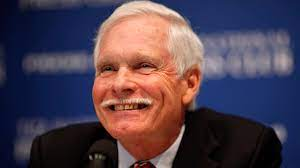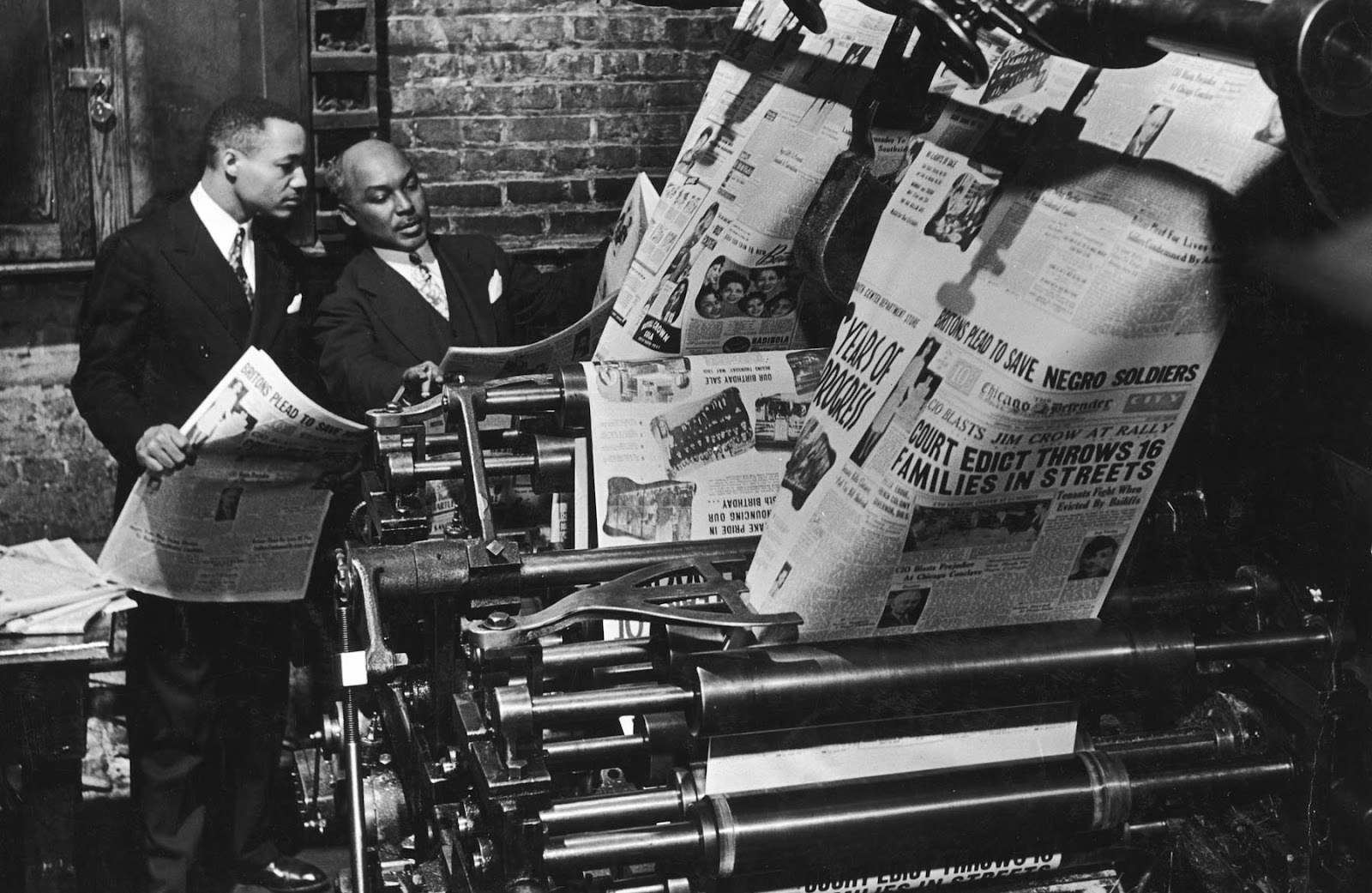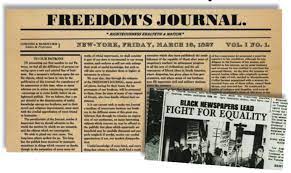On June 1st, 1980 The Cable News Network, or CNN, made it debut regarding the attempted assassination of a civil rights leader Vernon Jordan. This network became the world's first 24-hour television news station.
CNN was founded by Robert "Ted" Turner who was an outspoken businessman and nicknamed "Mouth of the South." Robert Turner also founded the Turner Broadcasting System, TBS, and Turner Network Television, TNT.
 Picture of Robert Turner
Picture of Robert Turner
(Picture of Robert Turner)
While CNN did have a rough start at first, and was referred to as the "Chicken Noodle Network," they quickly became the only TV news station to provide live coverage of the 1986 explosion of the Challenger (Erickson). Five years later, CNN again defeated other networks with its live telecasts of the Persian Gulf War.
While technology is expanding and allowing the world to experience new ideas like live news, we see something called the CNN effect come into play. The CNN effect, "is a theory that 24-hour news networks influence the general political and economic climate" (Kenton).
24-hour news has been seen to prompt a stronger reaction from investors and consumers and seen to cause overreactions in the market. For example, a news station could be covering regular coverage of turmoil in the banking industry which might result in investors withdrawing from their bank stocks.
It has also created an increasingly competitive journalistic market. With news being reported so quickly, reporters and journalists find themselves in a race for the story which has resulted in misreporting and disputes.
With information being available with the click of a button, increased attention was paid to scandals. It became increasingly easy to find "dirt" on others which caused major divisions among people.
For a couple years, CNN appeared untouched by other networks. However, in 1996 a network called Fox News was born to challenge CNN. Fox News was founded by Robert Murdoch, who was a conservative and opportunist. He originally sought out to buy CNN, however when that failed he decided to launch his own news network that was a "fair and balanced" alternative (Ray). Fox emphasized nationalism and quickly became more addicting and dramatic than CNN.

(Picture of Robert Murdoch)
This is where we see the Fox effect come into play. This effect states that if CNN is liberal and made the world larger for all its transnational perspective, Fox balanced it out by reporting more nationalistic and conservative views. This is really where we see a division in networks arise and choose which side of government they want to support.
Even today, we can see a huge difference between the two networks. For example, when looking at the frequency of subtopics between Fox and CNN, Fox reports 10 times more about negative consequences of "extreme" racial protests than CNN.

(Graph from study of Fox and CNN)
Another example would be both stations covering information coming from (then president) Donald Trump regarding the outbreak of COVID-19. On CNN’s screen you can see, “Trump melts down in angry response to reports he ignored virus warnings.” However, on Fox’s side it simply reads, “Trump: 115,000 tests per day” (Matthews).
This has been seen to cause serious problems. Most people only watch one news source, which means they only see one biased side of the story. This has only contributed to the divisions among American citizens. If someone is only watching the conservative side, then they are only going to believe that side. This is why we see so much tunnel vision and intense political beliefs.
In the end, 24-hour news helped create widespread information that catered to viewers. However, it also created a lot of bias based on what news station one decides to watch, which resulted in major divisions across the country.





